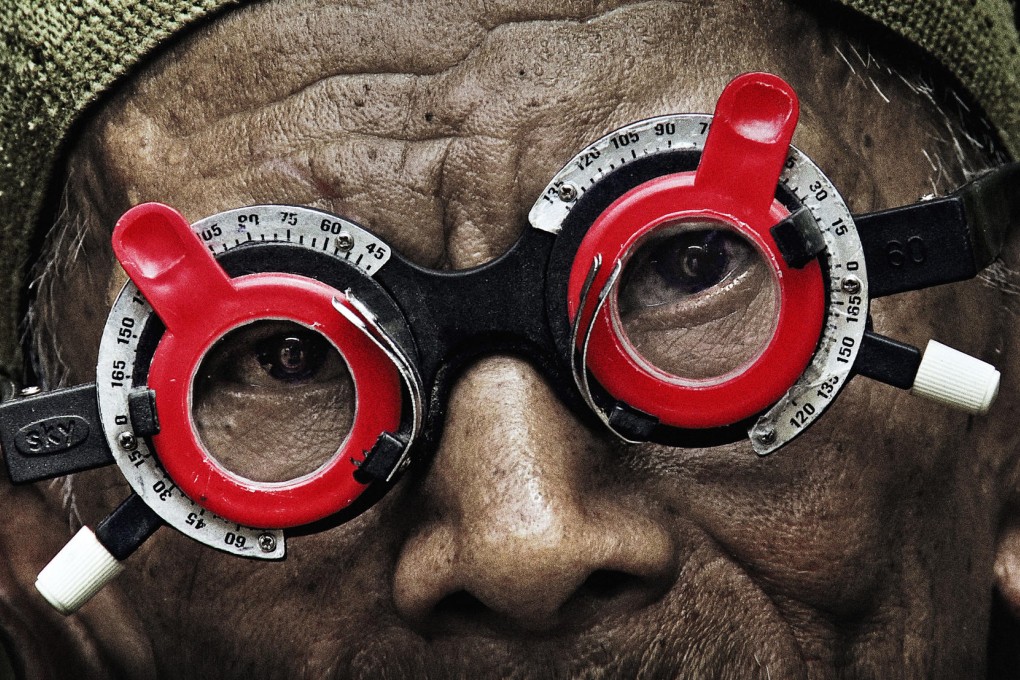The Look of Silence is a harrowing companion piece to The Act of Killing

Copenhagen-based American director Joshua Oppenheimer has been deservedly lauded for accomplishing an unprecedented feat of non-fiction filmmaking with his acclaimed documentary (2012): he got the perpetrators of brutal acts of torture and mass murder to gleefully reenact their crimes against humanity with elaborate costumes and special effects make-up on movie sets.
In tracing the events of the Indonesian massacres of the mid-1960s — which took the lives of up to a million people, including suspected Communists, ethnic Chinese and opponents to the military dictatorship that came into power in 1965 — Oppenheimer let his remorseless subjects bask in the glory of their atrocities so that, just maybe, they would eventually atone for them.
It is debatable whether the resulting sickening spectacle is justified by the faint prospect of fishing out the sense of guilt buried deep inside these faces of evil. But at least the absurd aftermath of that historical atrocity — which sees many of the perpetrators amass large fortune and continue to hold privileged positions in governments throughout the country — has been brought to the attention of a wider audience.
In (2014), essentially a companion piece to , Oppenheimer turns his camera to the massacre victims and their relatives for a much more intimate inquiry into the horror of genocide. Centring on Adi, a forty-something optometrist who was born after his brother was killed by the neighbouring villages' elders, this film follows him around as he conducts eye exams and poses confronting questions to the culpable.
While his parents live on into their very old ages with the traumatic memory of their eldest son's murder, Adi must contend with the feeling that he was born as a replacement for his brother — who was seriously wounded by the paramilitaries, but somehow escaped and sneaked back home, only to be taken away again to face a gruesome death at a riverside execution spot in 1965.
Adi only manages to extract refusal to comment — as well as palpable threat of reprisals — from the perpetrators. But it is the killers' families who provide this film with its most morally conflicted moments. In a climactic exchange, Adi insists on playing a 2003 video of a since-deceased patriarch to his family, who refuse to accept that the killer authored a book to further boast about his murderous exploits.
